Are you trying to get dinner on the table, only to discover that your rice cooker isn’t heating? Don’t worry! Repairing a rice cooker doesn’t have to be difficult. With just a few quick steps and some basic tools and supplies, you can quickly troubleshoot your appliance and get it back up and running in no time.
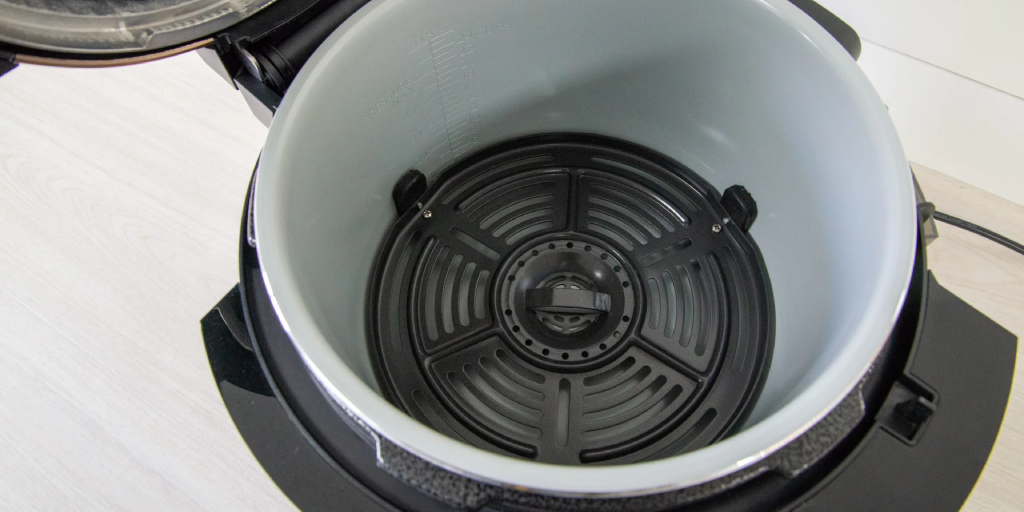
In this blog post, we’ll take a look at how to repair rice cooker not heating – from checking common problems like the power cable or reset button all the way through more complex solutions like replacing damaged parts. So let’s jump right in and see what needs fixing!
Step-by-step Guidelines on How to Repair Rice Cooker Not Heating
Step 1: Check the Power Cable
One of the most common reasons for a rice cooker not heating is a faulty power cable. Make sure your rice cooker is plugged in and that the outlet is working properly by testing it with another appliance. If you find that the power cable itself is damaged or frayed, it will need to be replaced. Sometimes, simply plugging and unplugging the cable a few times can help fix any loose connections.
Step 2: Check the Reset Button
Some rice cookers have a reset button that will trip if the appliance overheats or experiences a power surge. Look for this small button on your cooker and press it to see if it makes a difference. If your rice cooker does not have a reset button, move on to the next step. If it does have a reset button and pressing it doesn’t solve the issue, try unplugging the rice cooker for a few minutes before plugging it back in and trying again.
Step 3: Inspect the Heating Element
The heating element is responsible for actually heating up your rice cooker. If this part is damaged or faulty, your rice cooker will not heat properly. Carefully remove the lid of your rice cooker and visually inspect the heating element for any signs of damage or wear. If you see any visible issues, such as breaks or burns, you will need to replace the heating element. This can usually be done by purchasing a new one from the manufacturer or a local appliance store and following their instructions for installation.
Step 4: Check the Thermal Fuse
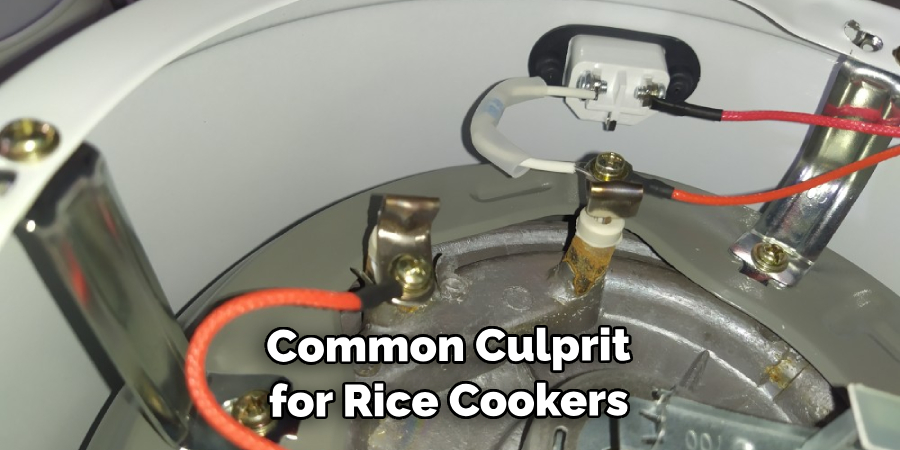
The thermal fuse is another common culprit for rice cookers, not heating. This safety feature is designed to cut off power to the cooker if it gets too hot, but sometimes it can trip even when there isn’t an issue. Locate the thermal fuse (usually near the heating element) and use a multimeter to test its continuity. If you find that the thermal fuse is faulty, it will need to be replaced with a new one.
Step 5: Test Other Components
If all of the above steps have been completed and your rice cooker still isn’t heating, it’s time to test other components. This could include the thermostat, control board, or even the inner pot. If you are not familiar with these parts or how to test them, it may be best to consult a professional repair technician for assistance.
Make sure to have any necessary replacement parts on hand before beginning the repair.Following these simple steps, you should be able to successfully troubleshoot and repair your rice cooker not heating issue. Remember to always unplug your appliance before attempting any repairs and to take proper safety precautions. By taking care of your rice cooker and providing it with regular maintenance, you can ensure it will continue to provide perfectly cooked rice for years to come! Happy cooking!
Additional Tips and Tricks to Repair Rice Cooker Not Heating:
1. If the rice cooker is not heating, one of the first things to check is the power cord. Make sure it is plugged in correctly and that there are no signs of damage such as fraying or cuts.
2. Check the fuse box or circuit breaker to see if a fuse has blown or a circuit has tripped. If this is the case, replace the fuse or reset the circuit.
3. Clean all parts of the rice cooker thoroughly before use. Any dirt or residue can prevent proper heating.
4. Check the inner pot for any damage such as cracks or dents. Replace it if necessary as these can interfere with proper heating.
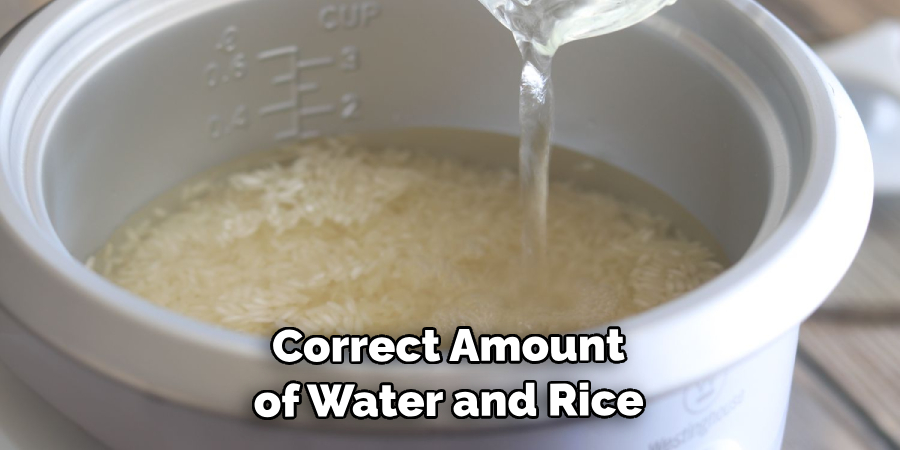
5. Ensure that you are using the correct amount of water and rice according to your specific model’s instructions. Too little water will result in undercooked rice, while too much water can cause the rice cooker to overheat and shut off.
6. If your rice cooker has a removable lid, make sure it is properly attached and fitted. An ill-fitting lid can cause heat loss and prevent proper heating.
7. Check for any mineral buildup on the heating element. This can be cleaned with a mixture of vinegar and water or a specialized descaling solution.
8. If none of these tips work, it may be time to replace your rice cooker. Over time, the heating element can wear out and it may be more cost-effective to invest in a new appliance rather than constantly repairing an old one.
9. Remember to always refer to your specific rice cooker manual for troubleshooting tips and instructions. Regular maintenance and proper use can help prevent heating issues in the future.
Following these tips and tricks can help you successfully repair your rice cooker, not a heating issue. However, if the problem persists, it is best to consult a professional or seek assistance from the manufacturer. With proper care and maintenance, your rice cooker should provide you with perfectly cooked rice for many meals to come. Happy cooking!
Precautions Need to Be Followed for Preparing Rice Cooker Not Heating:
1. First and foremost, ensure that you disconnect the rice cooker from the power supply before starting any maintenance work.
2. Make sure to avoid using any sharp or metallic objects while cleaning your rice cooker. The use of abrasive materials can damage the non-stick coating inside the pot, affecting its heating ability.
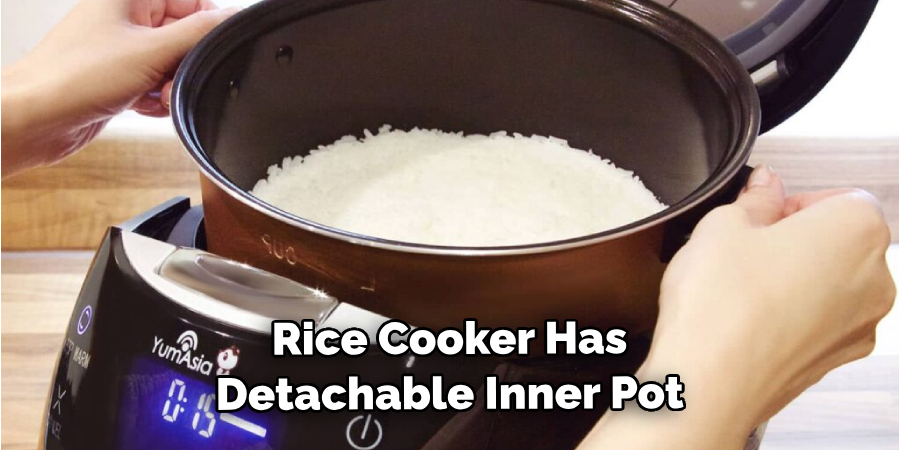
3. If your rice cooker has a detachable inner pot, remove it and wash it separately with warm soapy water. Do not submerge the entire unit in water as it can damage the electrical components.
4. When cleaning the outer body of your rice cooker, use a soft damp cloth or sponge to wipe away any dirt or spills. Avoid using harsh chemicals or detergents as they can also damage the exterior surface.
5. After each use, make sure to wipe the inner pot and exterior surface of your rice cooker with a clean dry cloth.
6. Do not place heavy objects on top of your rice cooker as it can cause damage to the heating element.
7. Avoid using metal utensils while cooking in your rice cooker, as they can scratch or chip the non-stick coating inside the pot.
8. Regularly check and clean the vent at the top of your rice cooker to ensure proper airflow for even heating.
Following these precautions will not only help in maintaining your rice cooker’s heating ability but also ensure its longevity. Remember, a well-maintained rice cooker can provide you with delicious and perfectly cooked rice for years to come. So, invest some time in taking care of your rice cooker and enjoy hassle-free cooking every time!
Frequently Asked Questions
What Should I Do if My Rice Cooker Is Not Heating at All?
If your rice cooker is not heating at all, the first thing to check is the power source. Make sure that the appliance is plugged in securely and there are no issues with the outlet. If everything seems fine with the power source, then it could be an internal issue with the heating element or thermostat. In this case, it is best to contact the manufacturer for further assistance or consider getting a replacement.
Why is My Rice Cooker Overheating?
If your rice cooker is overheating, it could be due to a malfunction in the temperature control mechanism. This can be caused by a faulty heating element or thermostat. It is important to address this issue as soon as possible as it can lead to potential safety hazards and damage to the appliance. Contact the manufacturer for advice on how to fix the issue or consider getting a replacement.
Can I Fix My Rice Cooker’s Heating Element on My Own?
It is not recommended to attempt fixing your rice cooker’s heating element on your own unless you have prior experience and knowledge in electrical repairs. Tampering with the heating element can be dangerous and may also void any warranty on the appliance. It is best to seek professional help or contact the manufacturer for assistance.
How Often Should I Clean My Rice Cooker?
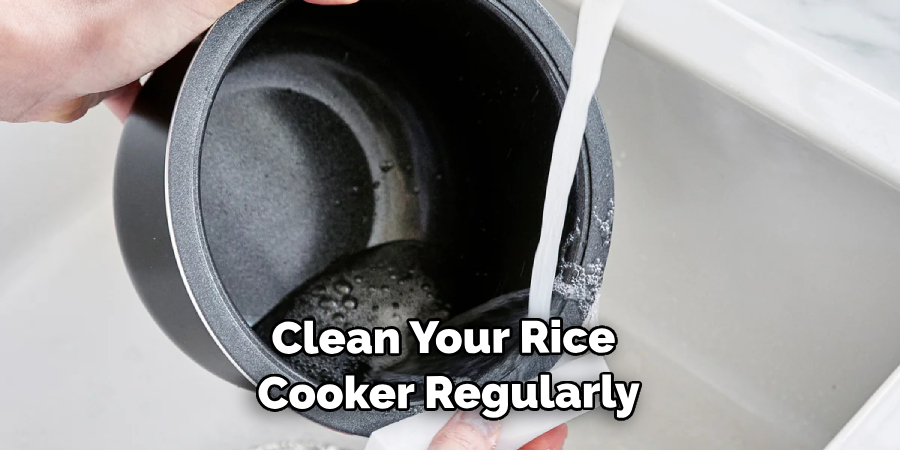
It is important to clean your rice cooker regularly, especially after each use. This helps prevent any buildup of residue and maintains its performance and longevity. Follow the manufacturer’s instructions on how to properly clean your specific model. In general, it is recommended to clean the inner pot, lid, and other removable parts with warm soapy water after each use.
Conclusion
Now you know how to repair rice cooker not heating and have a better understanding of the common issues that may arise with your appliance. It is important to always follow safety precautions when dealing with any electrical appliance and seek professional help if needed. Regular maintenance and proper care can also prolong the life of your rice cooker, ensuring delicious meals for years to come. So, make sure to keep these tips in mind and enjoy perfectly cooked rice every time!
Professional Focus
Angela Ervin, a former interior designer turned blogger, specializes in kitchen design and renovations. Through her website, she blends her passion for cooking with design expertise, sharing practical and creative ideas. Known for balancing functionality and beauty, Angela’s insightful content has made her a trusted voice in home design and lifestyle.
About the Author
Angela Ervin, an experienced interior designer and blogger, combines her passion for kitchen renovations with storytelling. Living in Petersburg with her family, she enjoys cooking and testing her projects firsthand. Known for her humor and relatable style, Angela shares creative, functional design insights through her content, making her a trusted voice in home design.
Education History
University: Virginia Commonwealth University
Degree: Bachelor of Fine Arts (BFA) in Interior Design
- Angela’s education at VCU focused on mastering core interior design principles, including spatial planning, color theory, materials selection, and sustainable design practices.
- She gained hands-on experience through studio projects and collaborative design exercises, which honed her ability to create functional and aesthetically pleasing environments.
- Her coursework also emphasized problem-solving and practical applications of design, preparing her for real-world projects like her self-directed kitchen renovations.
- The program’s strong foundation in both technical skills and creative expression shaped Angela’s ability to seamlessly integrate form and function in her work.


